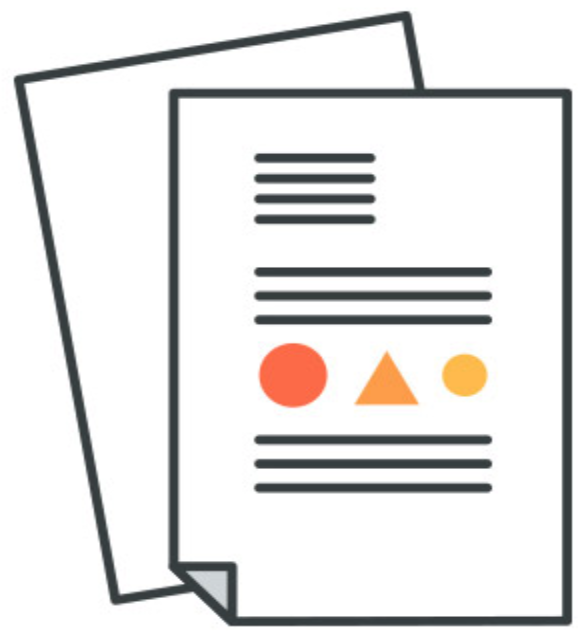Here’s a little model I use to think about our entire customer base at Influx. We provide 24/7 Support as a Service for eCommerce, SaaS and tech companies, so it’s important to think about all of them differently.
As part of a broader project to reduce churn rate, I wanted to break all of our customers into less than 10 groups. Then, I could focus my time on the most important group first, followed by the next most important, and so on.
Here’s the grid I used:

As a fast growing startup, it’s important to consider not just your current customers but your FUTURE customers too, hence the ‘Coming Soon’ category.
It’s important to decide if you want to focus on onboarding new business vs working with existing customers by customer segment.
After two months, we then decided to expand our groups a bit more to focus our strategies. We ended up creating a much bigger grid:

We needed to create much different strategies for high customer value vs lower customer value businesses, so they became their own rows.
Putting this model into practice
Once you group all of your customers, you can quickly identify which ones need the most help, which ones are the easiest to help and which ones are the most important.
This makes it much easier to prioritize your focus one group after the next to identify trends and improve your overall operation faster!
Follow me or Influx on Twitter or subscribe to our content newsletter for more content like this!

